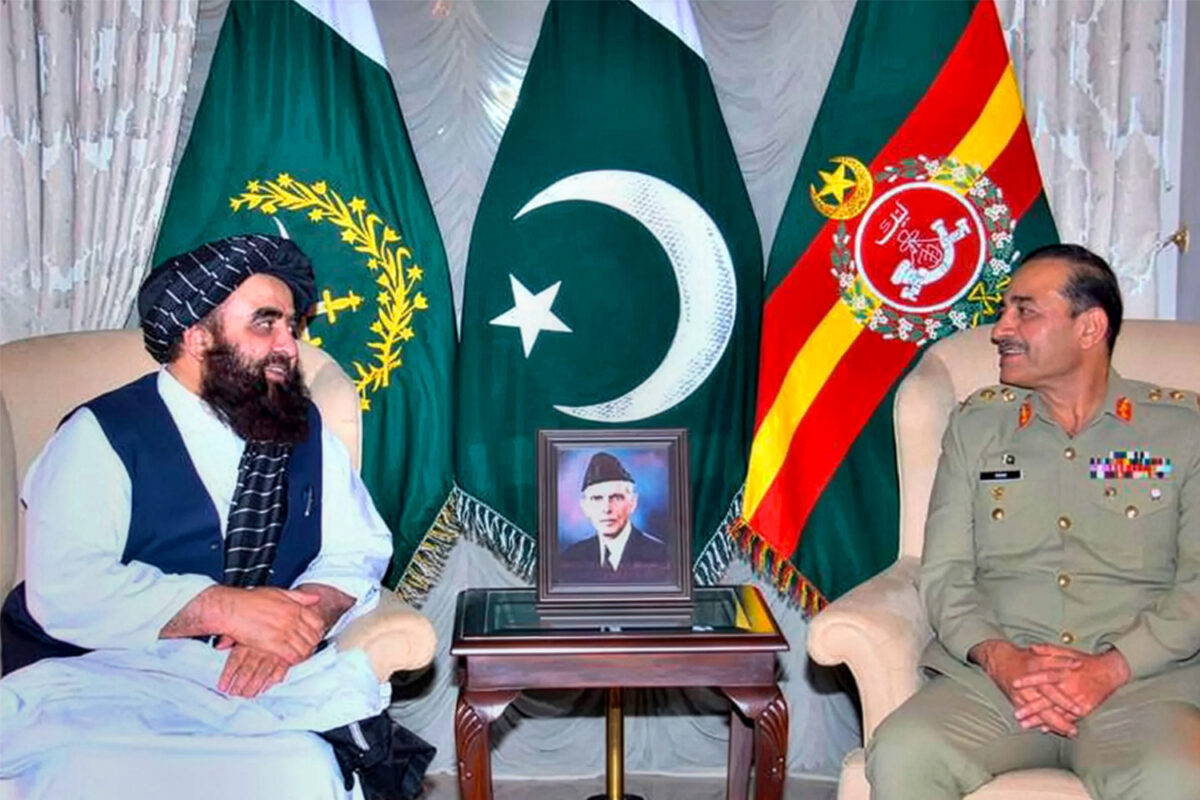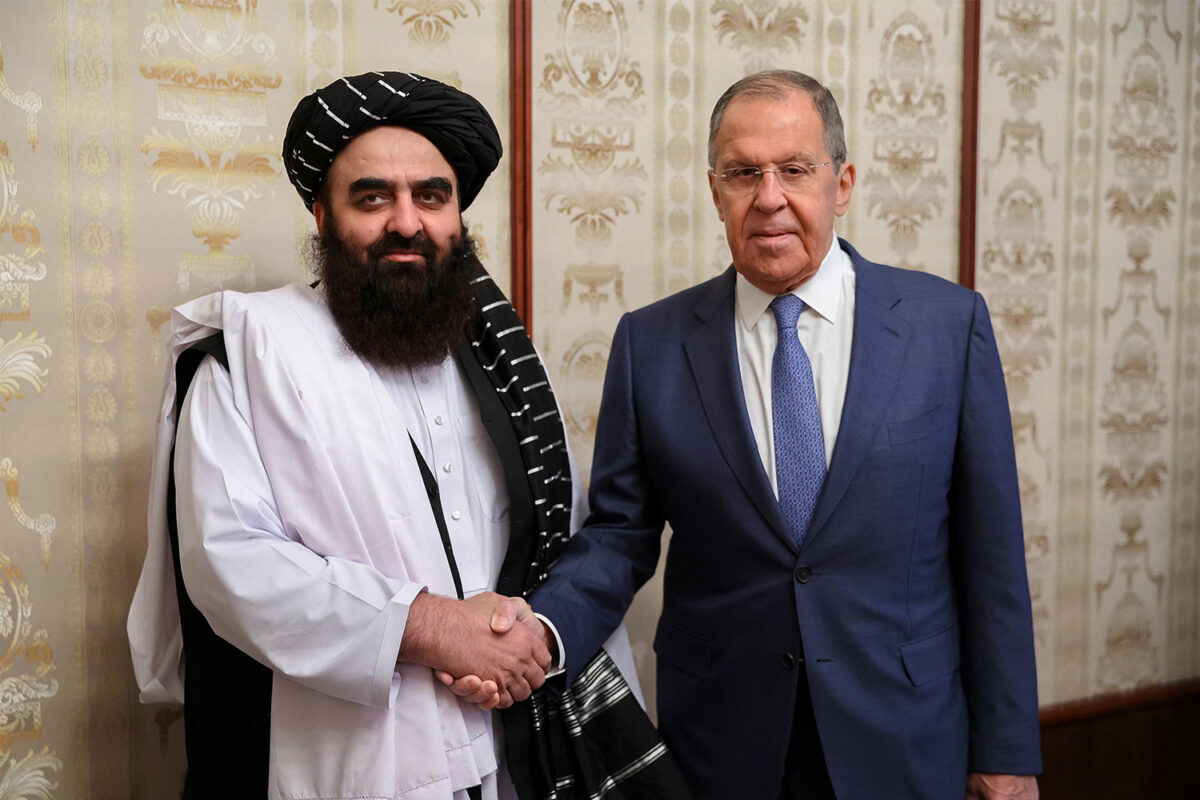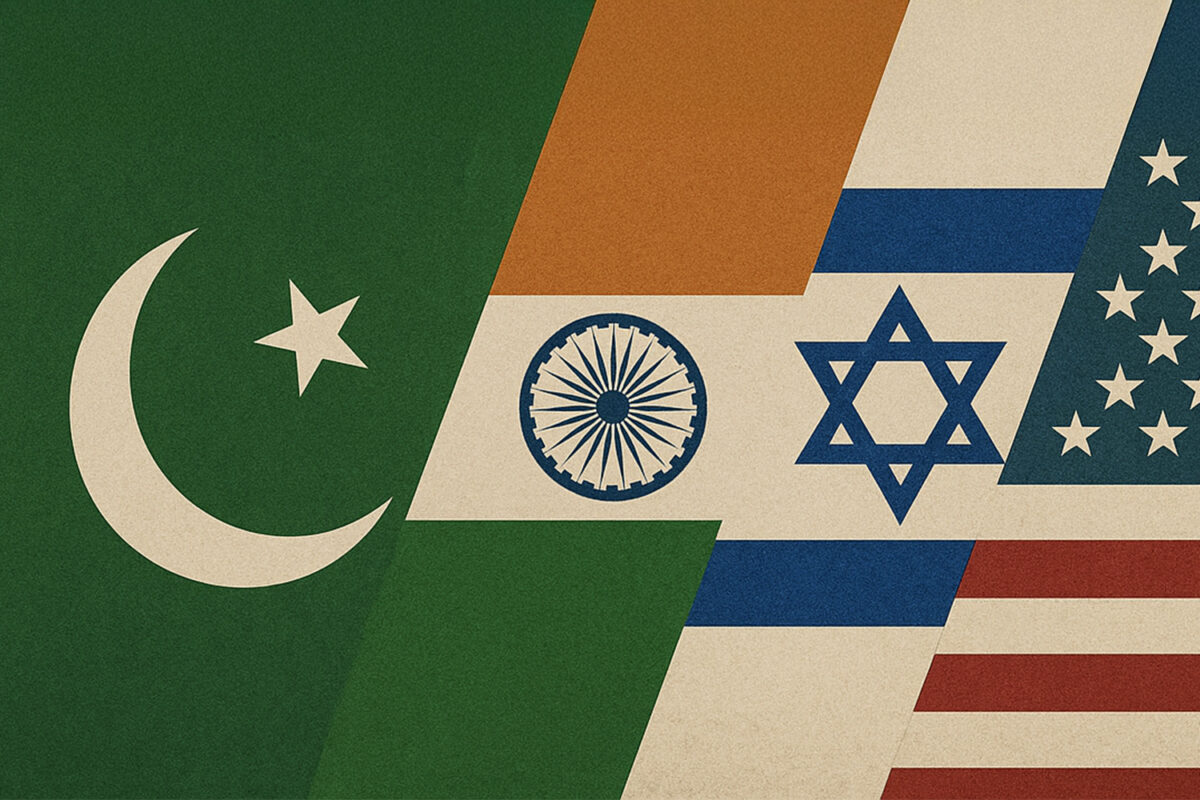The US pulled out all the stops as Indian Prime Minister Narendra Modi visited the US on an official state visit. Modi, who was once denied a visa to travel to the US because of concerns over human rights, is now being wined and dined at the White House and addressing joint sessions of Congress. The US has coveted deep and strategic relations with India ever since partition, which has only taken on more importance with the rise of China. But the US-Indian relationship has not lived up to its potential as New Delhi continues to harbour a variety of misgivings.
When the US emerged as a world superpower after WW2 and as the Cold War was beginning, in South Asia US policy makers came to see India as the power in the region and a critical nation the US needed to contain the spread of communism. But India’s founding fathers didn’t want to take a side in the Cold War and sought cordial relations with both the US and the Soviet Union. Both Gandhi and Nehru envisaged an India that was secular and followed European enlightenment ideas, whilst on the economy they were impressed with the Soviet model, and they envisaged deep economic relations with her. On foreign policy the founding fathers hid behind non-alignment in order to not take a side in the Cold War.
As a result of this the US was forced to settle with Pakistan as its ally in the region who then joined US led Cold War organisations and received US military aid and equipment. US officials however continued to reach out to India in order to gain her trust and integrate her into her Cold War alliance structure. When India went to war with China in the Himalayas in 1962 the US flew in arms to India to aid her war effort. US president John F Kennedy even wrote to Pakistan’s leader, Gen Ayub Khan at the time that he should assure Nehru Pakistan had no intention of attacking India during her war with China. Despite these and many other overtures over the next few decades the US was unable to co-opt India into its alliance structure as successive Indian leaders refused to do so. US officials concluded that despite decades of trying to woo India, the Congress Party was the problem in India embracing a partnership with the US.
US officials concluded that despite decades of trying to woo India, the Congress Party was the problem in India embracing a partnership with the US
When the Soviet Union collapsed in 1991, India’s main trading partner was now gone which precipitated an economic crisis, which forced New Delhi to turn to the IMF. India had kept its domestic market mostly closed to foreign companies for over 50 years and now needed new investment and Capital. Due to the IMF conditions that required liberalisation and India’s need for capital and investment during the 1990’s India underwent a major liberalisation drive. In the peace dividend after the end of the Cold War US policy makers saw a new opportunity to win over India. During the 1990’s the US also supported Pakistan’s drive in Kashmir where she deployed the Mujahideen from the Afghan theatre to Kashmir, which spilled over into India. For the US this was to undermine the Congress party and present her as weak in the face of militancy. This policy paid dividends as in 1996 when Congress, who had dominated Indian politics since partition, was defeated by Hindutva nationalists in the form of the BJP.
With the rise of China in the 2000’s the importance of India became more urgent for the US. In 2005, the then US Secretary of State Condoleezza Rice stated that helping India become a global power was an American policy objective. By 2006, the US Congress passed the historic India—United States Civilian Nuclear Agreement that paved the way for transferring civilian nuclear technology to India. This also removed all US sanctions on India after the 1998 nuclear tests.
India and the US do not have a free trade agreement between them. This would seem a glaring omission if the US wants to integrate India into its alliance against China. This has proven troublesome as there are a litany of market access disputes that have arisen in recent years. Whilst US companies have for long wanted access to India’s huge domestic market successive administrations in New Delhi have protected the domestic market with protectionist policies. India exports far less than the US and relies on domestic consumption as its main economic engine. The primary US complaint against India is her use of tariff and non-tariff barriers to shield agricultural producers and select manufacturing industries.
Whilst US companies have for long wanted access to India’s huge domestic market successive administrations in New Delhi have protected the domestic market with protectionist policies
But despite these problems the US has in recent years made many tentative economic agreements which she hoped will pave the way for a deeper relationship. The US has said it plans to provide funding for Indian technology startups and infrastructure projects from its $200 billion Partnership for Global Infrastructure and Investment (PGII) Fund. In January 2023 the national security advisors of India and the US announced the launch of the U.S.-India Initiative on Critical and Emerging Technologies (iCET). This strategic technology partnership is obviously related to US concerns about China, which India seems to share. But it remains to be seen if India will integrate its technologies with those of the US and shun Chinese and Russian technology altogether. The US has also agreed to help in India’s indigenous telecommunications systems. US companies will cooperate in 5G and 6G technologies. In addition to this General Electric Aerospace is to jointly produce jet planes in India, with talk of co-development of drones, next generation aircraft and naval vessels.
India depends on Russia for nearly half its military supplies but has also increasingly diversified its sources to buy from the US, France and Israel among other nations. In an attempt to decrease reliance on Russia and counter a more assertive China, India agreed to a roadmap for military-industrial cooperation with the US. “We established an ambitious new roadmap for defense industrial cooperation, which will fast track high priority co-development and co-production projects, ” US Secretary of Defense Lloyd Austin said as he wrapped up his visit to New Delhi on June 5th. The agreement will fast-track technology cooperation and co-production in areas including air combat and land mobility systems; the “…undersea domain…“ and intelligence, surveillance and reconnaissance, the U.S. Defense Department said. The initiative “…aims to change the paradigm for cooperation between U.S. and Indian defense sectors… it said, and “…could provide India access to cutting-edge technologies and support India’s defence modernization plans.“
As Modi visits India the US finally is in a place where it has deepened relations with India, after decades of being left in the cold. But this relationship, despite all the economic and military agreements, is not an alliance and still suffers from many problems.
For a long time, the major obstacle to closer India-US ties was that both countries have a history of being friendly with each other’s adversaries. India resents continuing American material support to Pakistan. It is also sceptical of current US attempts to simultaneously contain and engage with China. From New Delhi’s perspective, Washington is merely seeking a dispensable junior partner that would confront Beijing on its behalf, without providing security cover against a Chinese backlash.
Whilst the BJP have aspirations that it might become a major player in the international system, New Delhi simply cannot afford to divert attention from domestic and border security to wider Pan-Asian security. The most that it can do is lend legitimacy to an expanded American military presence in Asia, by sharing intelligence and assisting with counter-piracy and humanitarian aid missions. Beyond these symbolic commitments, India has to focus its limited military capacity on combating land-based and domestic threats.
Whilst India has a border dispute with China it also has economic relations with her and wants these to continue. India doesn’t look at China the way the US does. India in fact doesn’t see many things the way the US does, but it wants to benefit from US investment, technology and trade. India has even resisted embracing its security partnership with Australia, Japan, and the United States, known as the Quadrilateral Security Dialogue, designed to protect the Indo-Pacific from Chinese aggression.
Despite all the warmth and growing ties between the US and India bilateral ties are not grounded in a shared worldview. Despite growing commercial and military contacts, there are continuing geostrategic disagreements as well as increasing economic disappointments, which restrict the scope for cooperation.
Whilst the BJP likes the thought of being the regional policeman, what the US is looking for from India is not an equitable partnership. Nonalignment remains India’s default option. By confining security cooperation to select issues where both countries’ interests overlap, India hopes that its economic dependence on the US would not translate into strategic shrinking in South Asia.




